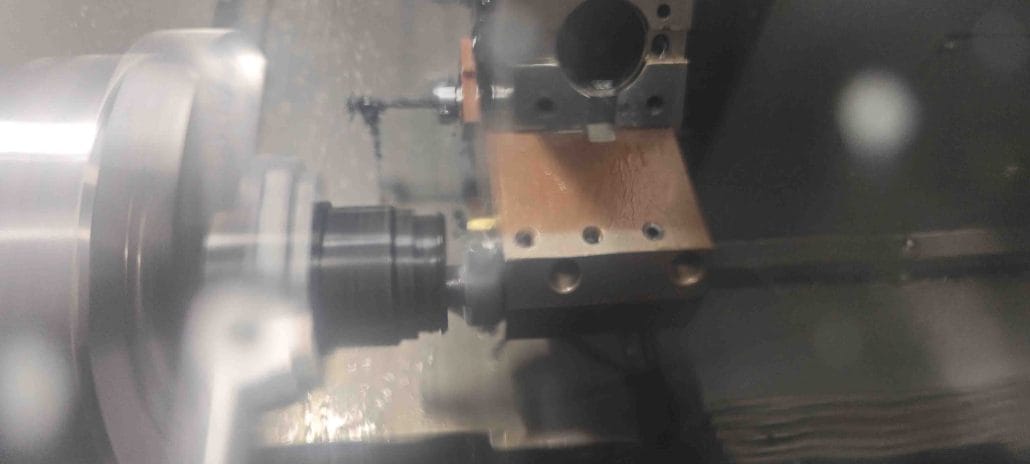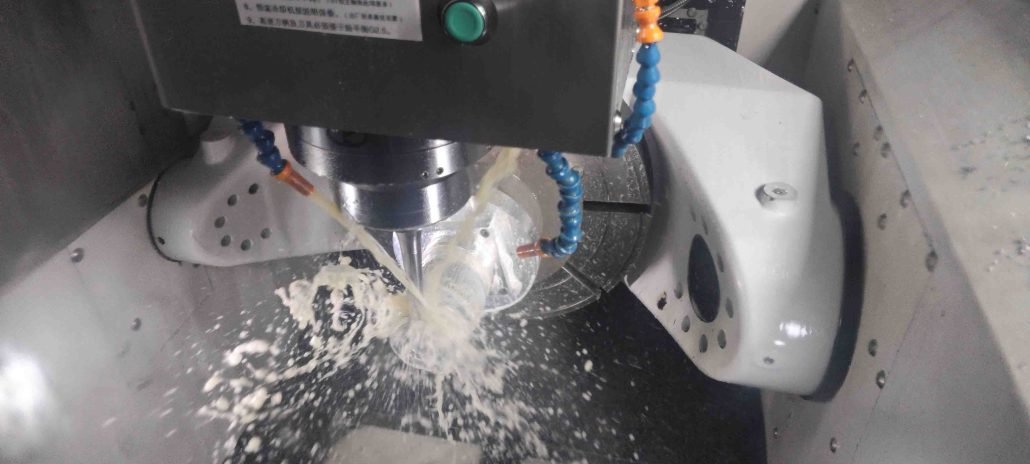Manufacturing sheet metal parts can be done through two methods: traditional sheet metal fabrication and CNC machining. While both of these methods can produce high-quality parts, there are significant differences between them. This article will explore these differences and examine the advantages of using CNC machining for sheet metal parts production.
Differences in Process
Traditional sheet metal fabrication involves cutting, bending, and shaping metal sheets by hand or with the use of manual machinery. This method requires skilled technicians and can be time-consuming, especially for complex parts. On the other hand, CNC machining uses computer-controlled machines to precisely cut and shape metal sheets. This process is automated and requires less manual labor, which can result in faster production times.

Advantages of CNC Machining
CNC machining offers several advantages over traditional sheet metal fabrication. Here are some of the key advantages:
Precision
CNC machining provides unparalleled precision compared to traditional sheet metal fabrication methods. Computer-controlled machines can cut and shape metal sheets to within thousandths of an inch, resulting in highly accurate parts. This level of precision is essential for industries such as aerospace, medical, and electronics, where even the slightest deviation from design specifications can cause problems.
Consistency
Since CNC machining is automated, the machines can produce parts with consistent quality over and over again. This consistency is important for industries that require parts that must fit together perfectly. In traditional sheet metal fabrication, the quality of the parts can vary depending on the skill of the technician and the quality of the equipment used. With CNC machining, the quality is consistent and predictable.
Versatility
CNC machines can produce parts with complex shapes and designs that are difficult or impossible to achieve with traditional sheet metal fabrication techniques. This versatility allows for greater design flexibility and opens up new possibilities for sheet metal part production. CNC machines can also produce parts with tight tolerances and intricate details that would be difficult or impossible to achieve with manual methods.
Efficiency
As mentioned earlier, CNC machining can result in faster production times due to the automation of the process. This efficiency can lead to cost savings and faster turnaround times for customers. With CNC machining, parts can be produced quickly and accurately, reducing the need for rework or scrap.
Cost-effective
CNC machining has become increasingly cost-effective in recent years. The cost of CNC machines has come down, making it more accessible to small and medium-sized businesses. Moreover, CNC machines can run for long hours without the need for a technician, reducing labor costs and increasing efficiency.

Applications
CNC machining is used in a variety of industries for sheet metal part production. It is particularly useful in industries that require precision and consistency. Some common applications include:
- Aerospace: CNC machining is used to produce parts for airplanes, helicopters, and other aircraft.
- Automotive: CNC machining is used to produce parts for cars, trucks, and other vehicles.
- Electronics: CNC machining is used to produce parts for electronic devices, such as smartphones and computers.
- Medical: CNC machining is used to produce parts for medical equipment, such as surgical tools and implants.
CNC machining is also used in the production of consumer goods, industrial equipment, and many other products.
CNC Machining Methods
There are several CNC machining methods that can be used for sheet metal part production. Some of the most common methods include:
- Laser cutting: This method uses a laser beam to cut through the metal sheet. Laser cutting is fast and precise, making it ideal for cutting intricate shapes and designs.
- Waterjet cutting: This method uses a high-pressure jet of water to cut through the metal sheet. Waterjet cutting is versatile and can be used to cut a wide range of materials, including metal, plastic, and stone.
- Plasma cutting: This method uses a plasma torch to cut through the metal sheet. Plasma cutting is fast and efficient, making it ideal for cutting thick materials.
- Punching: This method uses a punch and die to cut and shape the metal sheet. Punching is fast and can be used to produce high volumes of parts quickly.

Conclusion
CNC machining is an excellent method for producing sheet metal parts due to its precision, consistency, versatility, efficiency, and cost-effectiveness. It is a popular choice in a variety of industries, including aerospace, automotive, electronics, and medical. With its ability to produce complex shapes and designs, CNC machining opens up new possibilities for sheet metal part production. As technology advances, we can expect to see even more innovations in CNC machining for sheet metal parts production. Whether you are producing parts for aerospace, automotive, medical, or any other industry, CNC machining can help you achieve the precision, consistency, and efficiency you need to succeed.


